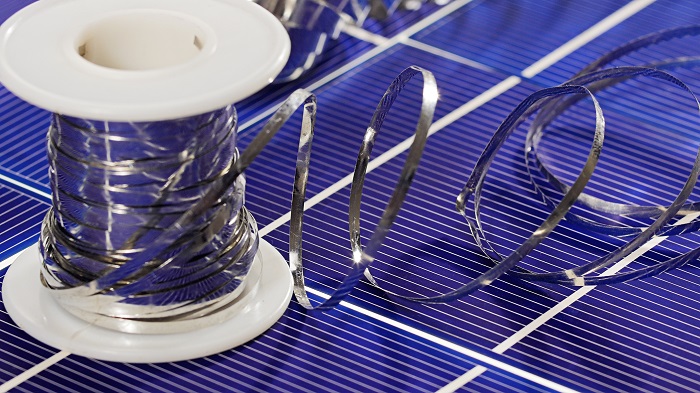When it comes to Photovoltaic Ribbon (PV) cells, Wall Street is concerned primarily with established companies employing traditional silicon-based technologies. However, record high oil prices based on genuine long-term supply worries has Wall Street increasing its interest in companies developing other PV technologies and materials, because at least for the immediate future, all types of PV technologies will thrive. This is despite the fact that the price of polysilicon, a key material used in traditional silicon-based solar cells. And semiconductors, is expected to come down within the next six months. Lower polysilicon prices would seem to dampen interest in alternative non-silicon PV technologies because of their lower efficiencies in harnessing solar energy.
In fact, it is easy to foresee a segmented industry with a dual focus. One segment would focus on silicon-based photovoltaics using rigid. Bulky solar panels primarily in large-scale applications such as producing power for utilities. A second segment would focus on low-cost technologies based on nanomaterials. And conductive polymers to provide flexible PV products for buildings with better efficiencies and aesthetics.
Silicon-based Photovoltaics
The generally higher efficiencies (12-22 percent) of rigid solar cells based on silicon technology have made silicon the photovoltaic of choice despite its relatively high manufacturing costs. One way to bring down cost is through a modified manufacturing process called silicon ribbon growth. That reduces the number of processing steps to six from the nine used in conventional bulk silicon growth based on ingot technology. Evergreen Solar (www.evergreensolar.com), a recognized leader in the field, has been developing interesting manufacturing processes using ribbon silicon technology.
Regardless of whether silicon solar cells are based on ingot or ribbon growth manufacturing technologies. However, increasing energy conversion efficiency will always be an issue. One way to attain greater efficiency is to increase solar cells’ spectral sensitivity by using broader. Or different regions of solar radiation, by better matching the solar emission and producing higher absorption coefficients. And by using a higher fraction of sunlight that eliminates losses through excessive heating of the silicon cell. For example, a 2004 patent, “High Efficient PN Junction Solar Cell” (US6696739B2) describes a solar cell showing improved energy conversion efficiency by minimizing the shading loss while reducing the manufacturing costs.

